The PVC Stabilizer Market is characterized by a dynamic competitive landscape, driven by increasing demand for high-performance materials across various applications, including construction, automotive, and consumer goods. Key players such as BASF SE (Germany), Clariant AG (Switzerland), and Songwon Industrial Co., Ltd. (South Korea) are strategically positioned to leverage their extensive product portfolios and technological expertise. These companies focus on innovation and sustainability, which are becoming critical differentiators in the market. Their collective strategies not only enhance their competitive edge but also contribute to shaping the overall market dynamics, as they respond to evolving customer needs and regulatory pressures.
In terms of business tactics, companies are increasingly localizing manufacturing to reduce lead times and optimize supply chains. This approach appears to be particularly effective in a moderately fragmented market, where the presence of numerous players necessitates agility and responsiveness. The competitive structure is influenced by the strategic actions of key players, who are actively pursuing partnerships and collaborations to enhance their market presence and operational efficiencies.
In August 2025, BASF SE (Germany) announced the launch of a new line of bio-based PVC stabilizers aimed at reducing environmental impact. This strategic move underscores the company's commitment to sustainability and positions it favorably in a market that is increasingly prioritizing eco-friendly solutions. By investing in bio-based alternatives, BASF SE not only addresses regulatory challenges but also aligns with consumer preferences for greener products, potentially enhancing its market share.
Similarly, in July 2025, Clariant AG (Switzerland) expanded its production capacity for PVC stabilizers in Asia, reflecting a strategic focus on regional growth. This expansion is likely to enhance Clariant's ability to meet the rising demand in emerging markets, particularly in Southeast Asia, where construction activities are surging. By localizing production, Clariant AG can improve supply chain efficiency and reduce costs, thereby strengthening its competitive position in the region.
Moreover, in September 2025, Songwon Industrial Co., Ltd. (South Korea) entered into a strategic partnership with a leading automotive manufacturer to develop specialized PVC stabilizers tailored for automotive applications. This collaboration not only signifies Songwon's commitment to innovation but also highlights the growing trend of cross-industry partnerships aimed at enhancing product performance. Such strategic alliances are likely to foster technological advancements and create new market opportunities.
As of October 2025, the PVC Stabilizer Market is witnessing trends that emphasize digitalization, sustainability, and the integration of advanced technologies such as AI. These trends are reshaping competitive dynamics, as companies increasingly seek to differentiate themselves through innovation rather than price competition. Strategic alliances are becoming pivotal in this landscape, enabling firms to pool resources and expertise. Looking ahead, the focus on technological advancements and supply chain reliability is expected to drive competitive differentiation, suggesting a shift towards a more innovation-driven market environment.


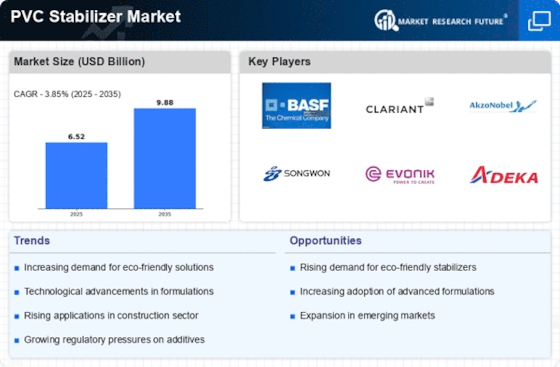
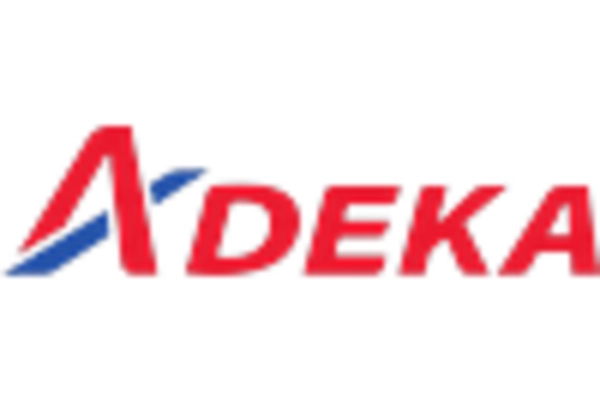

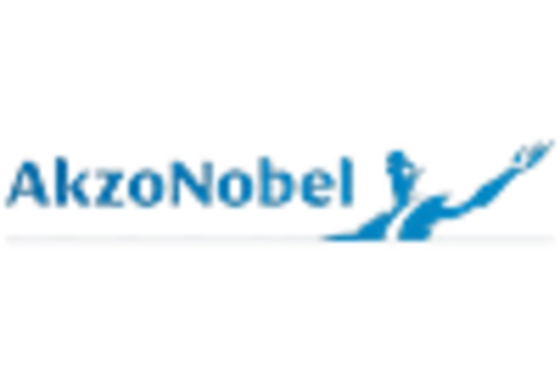







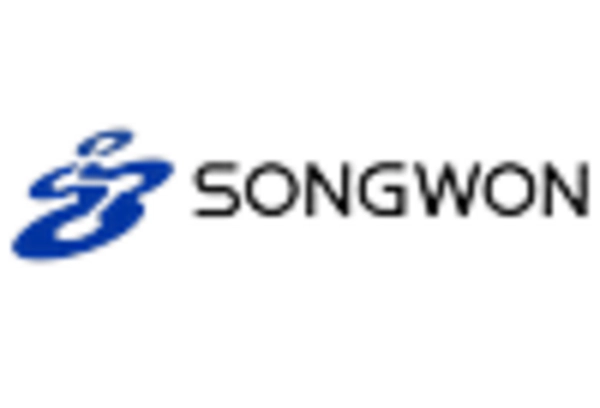
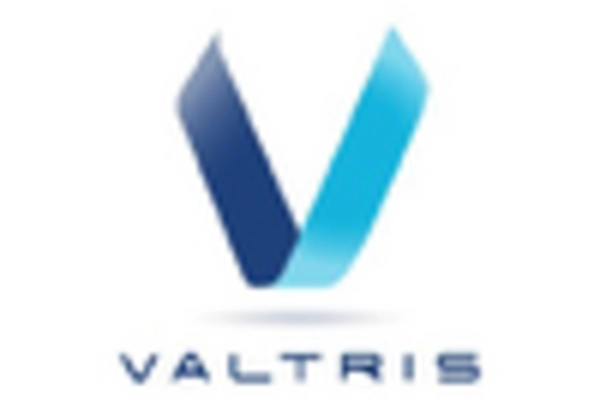








Leave a Comment